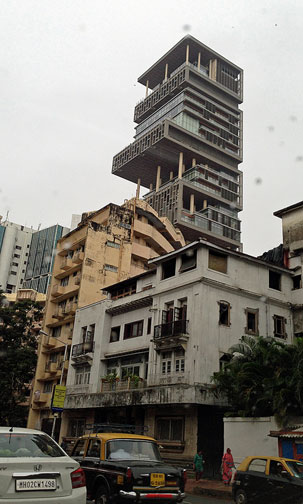In one of the Mumbai newspapers this week: How to prepare perfect American-style french fries.
So, let's make it Indian by adding extra steps (that do, admittedly, makes these crunchier and even less healthy). After cutting the potatoes into strips, soak them in salt water for several hours. Then boil for about 5 minutes. After draining and patting dry, deep fry. Remove from oil and let sit on towels to drain off excess oil. Then fry once more to a golden brown.
Indian cuisine is delicious and frequently involves multiple cooking steps. For example, a cooked filling that gets rolled, steamed, and finally, fried. What's not to like when many items are fried in ghee (clarified butter)? I've been trying to cook "healthy" by steaming and roasting -- but that's definitely not traditional Indian cooking!
Today's picture has nothing to do with this story, except that beef goes well with fries!
 |
| My turn to pose with the ubiquitous cow. |




















































